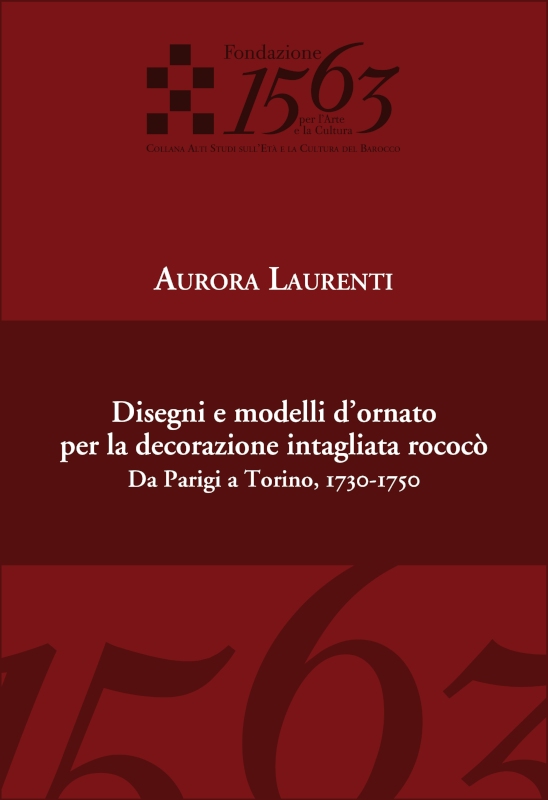Aurora Laurenti, Disegni e modelli d’ornato per la decorazione intagliata rococò. Da Parigi a Torino, 1730-1750
Paris, circa 1730-1740: the character of Rococo decoration took shape in Hôtels particulier’s interiors and in ornamental printmaking. In the same period, the apartments in the Turin Royal Palace were involved in an extensive program of renovation, with the creation of remarkable Rococo interiors, such as “Gabinetto del Segreto Maneggio”, “Gabinetto Cinese”, “Gabinetto del Pregadio”, “Galleria del Daniel”. In both Parisian and Piedmontese interiors, carved decoration assumed a fundamental role in interior design, thanks to the specific properties of wood, useful to carry out the research of “varieté” so long requested by patrons and writers. The pivotal role of carved decoration in Rococo was highlighted in the most important architecture treaties published around 1730, in which Jacques-François Blondel, Pierre-Jean Mariette, Charles-Etienne Briseux defined the features of the “bon goût”.
The importance of French printmaking in the spread of Rococo is well known. Piedmontese architects and sculptors knew the French prints dedicated to decorative arts, as confirmed by different sources. But which kind of publications were available on the market? What use craftsmen and designers made of them? And finally, what impact had French models on Piedmontese carved decoration?
In the first decades of Eighteenth century there were published representations of aristocratic interiors, fascinating furniture series, proposals for “cheminées”, according to the increase of importance of glasses; furthermore, architectural treaties offered decorative prints as explanation of the text and Jean Mariette and Charles-Antoine Jombert published fancy projects in tomes devoted to interior architecture. The inspection of a group of French drawings uncovered the extent of the constant and fruitful cooperation between the sculptor and designer Nicolas Pineau, the architect-engraver Jacques-François Blondel and the publisher Jean Mariette, which established that Pineau took part in the most prestigious artistic publications of the 1730s. Above all, the extent of his contribution in Jean Mariette’s Architecture Françoise is surprising. This engagement highlights that a significant number of French models devoted to carved decoration were invented by Pineau, who had consequently a deep influence on the evolution and spread of Rococo in Europe.
All these available prints were generally used by designers to stimulate their own imagination more than as a models to copy, in order to conceive an interior design project: piedmontese architects and sculptors interpreted French models and elaborated a unique version of Rococo. We can identify the recurring of architectural patterns along the first half of the Eighteenth century, and the choice of ornaments followed French innovations illustrated in prints. However, the combination of ornaments, the treatment of the wood, the use of mirrors and gold were conditioned by the vivid imagination of Piedmontese artists.
Among them, it was relevant the role of the sculptor Giovanni Luigi Bosso, whose work defined the lines of local taste evolution: in a first phase (1730-1735), a tiny naturalistic carving bloomed in sprouts; then (1735-1740) a plastic modelling created diversified effects; in 1740s rocaille ornaments emerged in shells mixture. Finally, a glowing and nervous style was acquired in 1750s, when the new generation of sculptors, including Giuseppe Gianotti, replaced Bosso, who died in 1746.

Title: Disegni e modelli d’ornato per la decorazione intagliata rococò. Da Parigi a Torino, 1730-1750
Author: Aurora Laurenti
Series: Alti Studi sull’Età e la Cultura del Barocco
Publisher: Fondazione 1563 per l’Arte e la Cultura della Compagnia di San Paolo
Year: 2019
Pages: 244 pp.
Language: Italian
Isbn: 9788899808235



